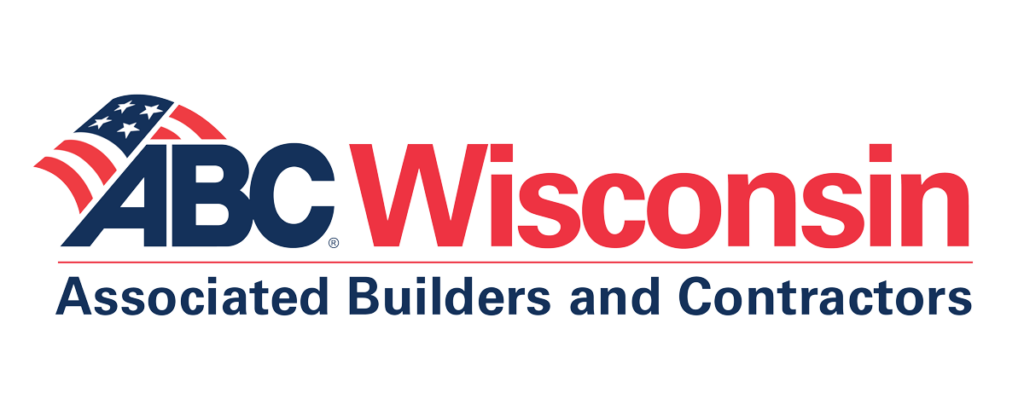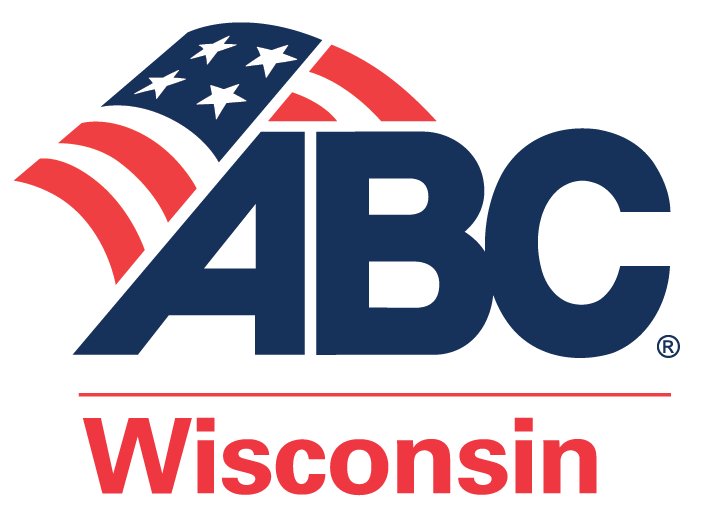The Duty To Audit
Under the Occupational Safety and Health Act (“OSH Act”) and its substantive regulations, employers in the construction industry are subject to a comprehensive safety and health audit requirement. Covered employers must institute a safety and health program that provides for “frequent and regular” inspections of job sites by “competent persons” to assure compliance with OSHA’s construction standards. Some contractors remain unaware of this requirement until after it is too late and a preventable injury has occurred and/or OSHA has issued a citation and penalty.
Among other things, OSHA’s construction standard states:
Contractor requirements. Accident prevention responsibilities. (1) It shall be the responsibility of the employer to initiate and maintain such programs as may be necessary to comply with this part. (2) Such programs shall provide for frequent and regular inspections of the job sites, materials, and equipment to be made by competent persons designated by the employers. 29 C.F.R. § 1926(b)(2).
The regulations explain that a “competent person” is one who is specifically designated by the employer and capable of identifying existing and predictable hazards in the surroundings or working conditions which are unsanitary, hazardous, or dangerous to employees, and who has authorization to take prompt corrective measures to eliminate them. 29 C.F.R. § 1926.32(f).
Suffice it to say, compliance with this standard requires the employer and competent person to have a technical understanding of applicable OSHA standards. It also requires an ongoing and significant commitment to developing and effectively implementing an overall employee safety and health program and promptly abating violative conditions when they arise.
In addition to OSHA’s requirement of frequent and regular inspections of job sites, OSHA imposes numerous other audit requirements on covered employers. Those requirements appear throughout the regulations in various individual standards.
For example, the regulations include audit requirements relating to confined spaces, lockout/tagout, and personal protective equipment, among others:
The employer shall evaluate the workplace to determine if any spaces are permit-required confined spaces. 29 C.F.R. § 1910.146.
The employer shall establish a program consisting of energy control procedures, employee training and periodic inspections to ensure that before any employee performs any servicing or maintenance on a machine or equipment where the unexpected energizing, startup or release of stored energy could occur and cause injury, the machine or equipment shall be isolated from the energy source and rendered inoperative. 29 C.F.R. § 1910.147(c)(1).
The employer shall assess the workplace to determine if hazards are present, or are likely to be present, which necessitate the use of personal protective equipment (PPE). If such hazards are present, or likely to be present, the employer shall: (s)elect, and have each affected employee use, the types of PPE that will protect the affected employee from the hazards identified in the hazard assessment; (c)ommunicate selection decisions to each affected employee; and, (s)elect PPE that properly fits each affected employee. 29 C.F.R. § 1910.132(d)(1).
It is not possible to list all of the audit or other requirements here. The point is that safety compliance can only be obtained with a requisite level of understanding of the applicable regulations. In other words, it is not sufficient for a contractor to merely apply a common sense approach to employee safety and health. Instead, compliance requires that each contractor engage qualified experts, internally or externally, who are familiar with the OSHA standards and prescriptive requirements.
For employers who do not have the resources to employ a full-time safety director, there are reasonable outside options available to assist them get into compliance, such as contracting for safety and health consultation services through ABC of Wisconsin. ABC makes available to its members, for a reasonable fee, experienced consultants who can assist in the development of safety and health programs, job site inspections, and audit requirements, among other services.
Some insurance agencies and insurers may also provide safety and health consultation services as an added value to their clients. The State of Wisconsin Laboratory of Hygiene may be yet another option through its “WisCon” program which offers free consulting services to small employers, subject to some conditions.
This author recently had a very favorable experience with ABC of Wisconsin’s safety consulting services. The author represented a general contractor in an OSHA fatality inspection following the tragic death of a subcontractor’s employee on a multi-employer job site. OSHA cited the subcontractor and separately evaluated whether the general contractor was in compliance with applicable regulations under the auspices of OSHA’s multi-employer job site policy. The general contractor had a strong commitment to safety and had engaged ABC of Wisconsin to assist it in staying in compliance at the job site during the course of the project.
During the OSHA inspection, the OSHA compliance officer said he was impressed with the general contractor’s safety compliance efforts as supported by ABC. That has left a strong, favorable impression of ABC’s safety consulting services with this author.
Ultimately, compliance is a choice and an employer who fails to conduct or manage the results of required audits is exposed to potential liability associated with non-compliance. OSHA’s current penalty structure starts at $12,934 per violation for serious or other-than-serious violations and $129,336 per violation for willful or repeated violations. In some cases, OSHA has applied an “egregious penalty” policy to penalize an employer on a per-instance or per-employee basis, which consists of OSHA stacking or multiplying penalties based on the length of a violation and/or the number of employees exposed. There are limits on OSHA’s ability to apply its egregious penalty policy, but contractors should be aware of it.
The Duty To Abate Violative Conditions Revealed In Audit Findings
Significantly, it is not sufficient for an employer to merely go through the motions of conducting required audits. Rather, an employer must promptly abate or correct violative conditions identified in an audit. An employer who conducts the required audits but fails to properly manage the results can be exposed to significant liability including, for example, citations for willful violations of the OSH Act.
Although OSHA’s focus is generally on the current inspection matter, during the course of an inspection, OSHA will periodically request that an employer produce information concerning prior audits, irrespective whether performed in-house or by an outside consultant, the findings, and the employer’s actions taken to address the audit findings. In some cases, OSHA will request this information from the employer and separately from the outside expert, insurance agency, insurance company, etc. There are some defenses to an overly broad request, but OSHA has been successful in its efforts to obtain some of this information.
An employer who conducts required audits and properly manages the results can achieve significant benefits including enhanced employee safety and health, reduced work injuries, lower worker’s compensation premiums, and favorable treatment from OSHA on both citation and penalty matters. According to OSHA, in the event an employer permanently remedies a condition identified in a self-audit before an OSHA inspection takes place (and before the occurrence of an accident or other event triggering an inspection), OSHA’s practice is to not issue a citation. If, on the other hand, an employer has identified a violative condition, and the OSHA inspection finds the violation before it is abated, a citation may be issued. An employer’s good faith efforts to address an audit, albeit insufficiently, will generally benefit the employer. Conversely, if the employer has ignored the audit, OSHA may cite the employer for a willful violation.
The bottom line is that employers have a duty to comply with their audit obligations under the law and to properly manage the results. Courts have stressed that the OSH Act does not impose absolute liability on employers for non-compliance, but the act requires diligent efforts to comply. An employer who demonstrates good-faith efforts to comply is in a much better defensible position than an employer who operates without regard to the substantive requirements of the regulations.











